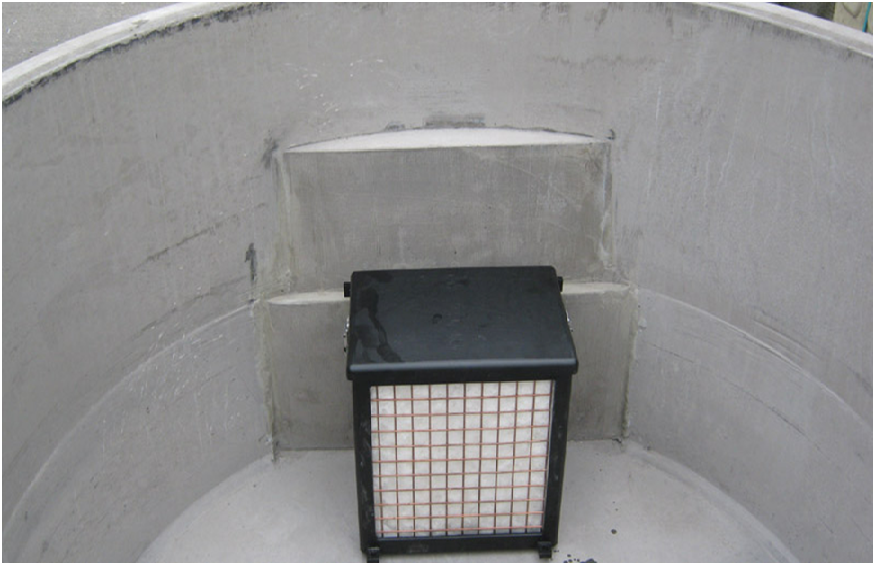A storm water pit is a hole in the ground that catches and stores rainwater runoff from the streets and sidewalks. The pit’s water slowly seeps into the soil, where it is absorbed and helps to recharge the groundwater. The importance of concrete storm water pits cannot be overstated. These specific structures allow rainwater to slowly seep away, preventing flooding and ensuring people’s and property’s safety. Storm water pits are also incredibly efficient in using water, as they can hold up to three times as much as a traditional rain barrel.
Types of storm water pits:
Storm water pits are a necessary part of any municipality’s storm water management system. There are several different types of storm water pits, each with advantages and disadvantages. The most common type of storm water pit is the inlet grated pit. This type of pit has a grate at the top that allows water to flow into the pit and a sloped bottom that helps the water flow out. Inlet grated pits are inexpensive and easy to install but can become clogged with debris.
Another type of storm water pit is the infiltration pit. This pit type is designed to allow water to infiltrate into the ground, where it will be filtered before returning to the groundwater or surface water supply. Infiltration pits are expensive and require more maintenance than other types of pets, but they effectively remove pollutants from storm water runoff.
Maintenance and upkeep:
When it comes to your home, proper maintenance is key. It is especially true for your storm water pit. A clogged or dirty storm water pit can cause many problems, including flooding and backups. It’s important to keep the area clean and free of debris so the water can flow freely and do its job correctly.
How to properly maintain a storm water pit
A storm water pit is an important part of a property’s storm drainage system. It is the first line of defense against flooding and water damage. An adequately maintained storm water pit will function efficiently and prevent property damage. When it comes to your home, proper maintenance is key. It is especially true for your storm water pit. A clogged or dirty storm water pit can cause many problems, including flooding and backups.
Conclusion:
Concrete storm water pits have been used to detain and clean runoff from paved surfaces. The use of concrete has increased the longevity and functionality of these pits but has also created a new problem: when full, they are extremely heavy and difficult to move. It has led some municipalities to abandon their storm water pits in favor of more expensive and maintenance-intensive solutions such as underground storage tanks or rain gardens. However, there are ways to make storm water pits more manageable, including incorporating them into landscaping designs, using lightweight materials for the cover, and regularly cleaning the filters.

